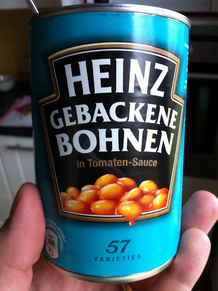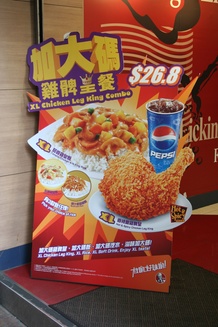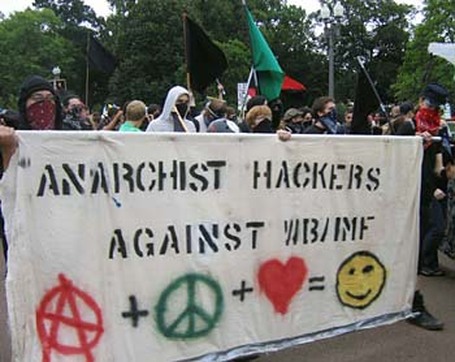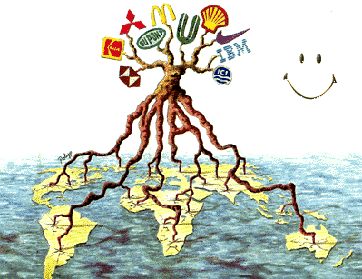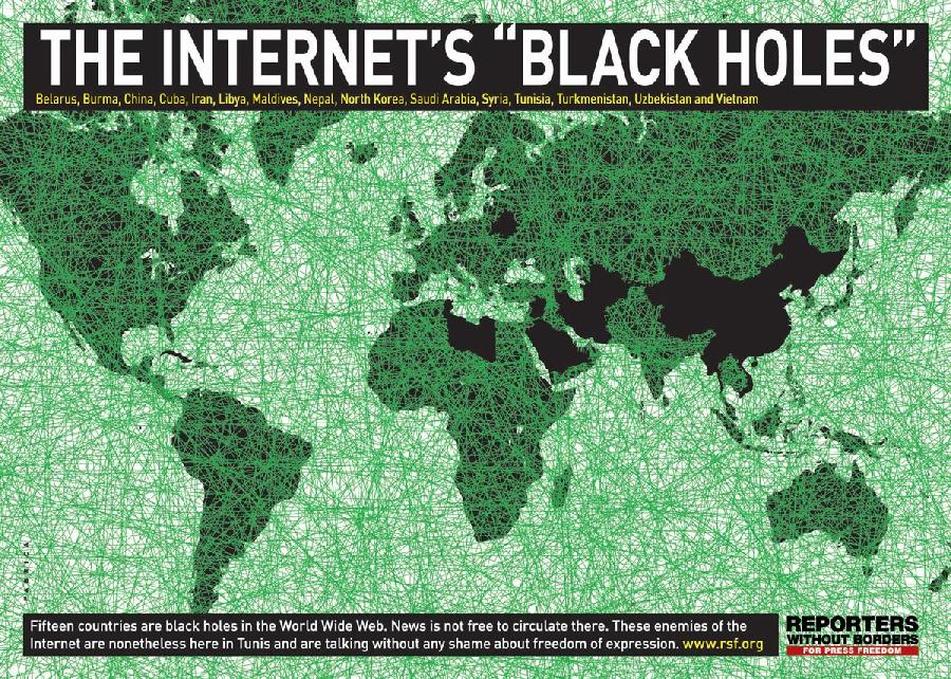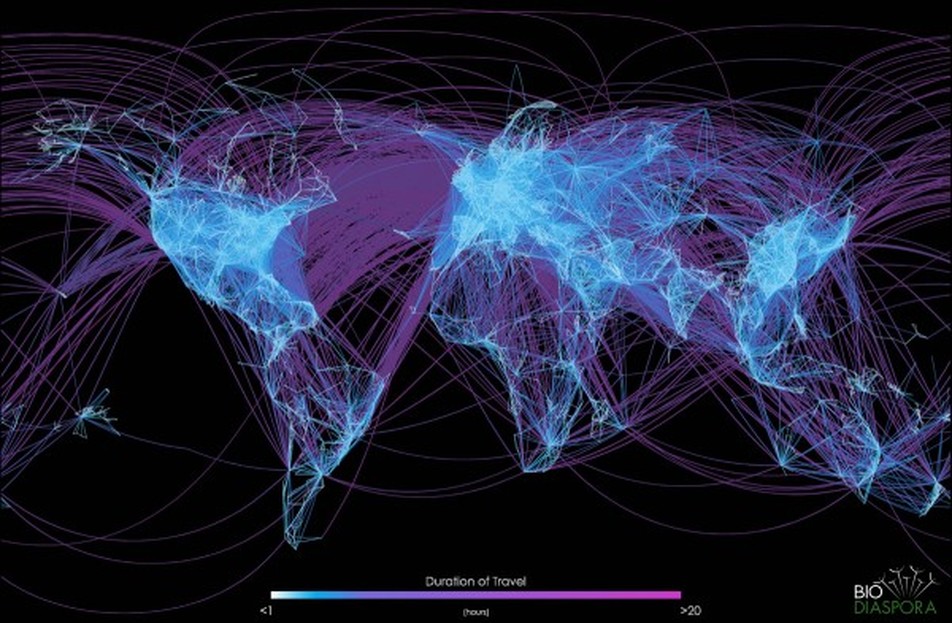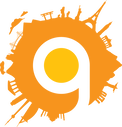What is Globalization?Objective: To find out what the term globalization means and to determine its advantages and disadvantages for different parts of the world.
"Globalization is the growing interdependence of countries worldwide through an increasing volume and variety of cross-border transactions in goods and services and of international capital flows, and through the more widespread diffusion of technology" But what does this mean? How can we understand what each part of the definition means? Task 1 - Can you think of one named product or service that meets the criteria of all of the above definition? Break it down using the worksheet beneath. .... countries become interdependent .... increasing what they buy and sell with each other .... resulting in the flow of money (capital) between places .... and the sharing and take up of technology in those countries Task 2 - Teacher can send out a 'Say hi to my IB class' on Twitter. See example results below. Notice that they all came within 60 minutes of the request. How many different countries can you get to respond? |
|
|
a. On a printed out copy of the factsheet above, use two different colours to sort out the six statements on the first page into either 'Pro Globalization' or 'Anti Globalization' with a quick explanation as to why this is their opinion
b. Make notes on the four different types of globalization as set out in figure 2.
c. Study Fig 3a carefully and use a highlighter to identify what you consider to be the 5 main factors which have led to the development of globalization and explain their contribution.
d. Fill in this Pro's and Con's outline sheet using the information on page 4 of the fact sheet. You will need to find a suitable image to add to the different aspects of globalization in the table.
GATW Link
Impacts of
Objective: To find out about the impacts of globalization on societies around the world.
Activity 1 - You are preparing to attend an anti-globalization rally in New York. Using the globalization fact sheet on the last lesson and this information from the BBC, complete the following task. In pairs, create five protest banners (like the one on the right) that aim to show the negative impacts of globalization. Banner 1 - Protest against environmental impact of Palm Oil & Nestlé - Greenpeace Banner 2 - Protest against Americanization in France by Jose Bove with a focus on McDonalds. Banner 3 - Protest against child labour in sweatshops by UNICEF using Primark as an example. Banner 4 - Protest against the World Bank & IMF by 'Socialist World' Video here. Banner 5 - Protest against the opening of Starbucks in Toulouse. General information here Activity 2 - You are representing the interests of the globalized organisations mentioned above.
Write a press release from your organisation of no more than 400 words each to counteract the protest against you. You will need to conduct some research as well as studying the GeoFactsheet 172 handout from last lesson. IB Exam Response: "Our world is now connected beyond the point of no return. Stopping globalization would lead to the collapse of society" - To what extent do you agree with this statement? (10) |
Globalization: The growing interdependence of countries worldwide through the increasing volume and variety of cross-border transactions in goods and services and of international capital flows, and through the more rapid and widespread diffusion of technology. |
KOF Index of Globalization
- To be able to describe and evaluate one the KOF Index as a globalization index, as a measure of global interaction.
- To be able to describe how the globalization index may be represented spatially
The different aspects of globalization
Task 1 - Below, you will find seven different aspects of globalization. You need to copy the meanings into a Word Document (table) and then match each up with its title. Choose from the purple titles underneath & read carefully.
Dimensions/Components of Globalisation
Globalisation is a complex phenomenon with multiple components. Some of the most commonly talked about components are:
??This is the component most commonly associated with globalisation. It includes the growth of TNCs, global products, trading blocs as well as increased flows of money.
??t is argued that urbanisation is associated with globalisation because people living in cities are more exposed foreign languages, food, products, culture, etc. Because of urbanisation and globalisation, many global (world) cities have developed e.g. London, New York and Hong Kong.
??Also commonly associated with globalisation is the rise of global culture. This might include the spread of food, clothes, film, music, religion, sports and music. Some people argue that this is making the world more cultural diverse, others that it is making the world more homogenised.
??This is related to the emergence of global languages and the disappearance of local dialects. English has become an international language, but other languages have also become dominant in other parts of the world e.g. Spanish in South and Central America and Arabic in the Middle East and North Africa. Because of its population size Mandarin is also becoming increasingly important and widespread.
??Globalisation has seen the growth of political ideologies e.g. Capitalism and democracy. It has also seen the growth of dominant countries e.g. US (Superpower?) and increasingly China. It has also seen the growth of political blocs with common interests e.g. NATO, OECD, G20 and OPEC. Globalisation has probably also enabled the Arab Spring in the Middle East as well as the growth of less desirable organisations e.g. Al Qaeda.
?? People are now also globalized, the world has a more footloose workforce and more people now go on overseas holidays. The number of inter-racial marriages has also increased.
?? Probably the least desirable component of globalisation, but many environmental problems created by humans e.g. acid rain, the hole in the ozone layer, biodiversity loss and climate change are truly global issues.
Environmental Political Demographic Urban Economic Linguistic Social/Cultural
(Source: Greenfield Geography)
|
Task 2 - Introducing the KOF Index.
Make notes on the following: The KOF Index of Globalization measures the three main dimensions of globalization:
Task 3 - Watch the animated KOF map to the right hand side (above). This shows global progress in globalization. What is the general global pattern of spread? Task 4 - Use the embedded slideshare to the right to watch a timeline to show the growth of globalization (scores > 60) every four years from 1970 - 2010. Take 5 screenshots from the start of each decade and paste onto a Word doc with a brief commentary underneath. Task 5 - Click here to download the latest data set from KOF. List the top 5 and bottom 5 (scroll all the way down) countries in terms of KOF. Comment and try to explain the distribution. |
Slowed down version of the spread |
|
Task 6 - Go to the KOF site here and complete the for each of the 5 IB focus countries + France (listed below)
Output format - Diagram Index Type - Index of Globalization Year - 1970 - 2013 Region - Choose one at a time from the list above Then click display data. Keep a copy of each graph on a Word document and write a commentary of each underneath that describes the pattern over 40 years. Look for any anomalies or strange occurrences and try to link them in to historical events where possible. Exam Question: Describe the spread of globalization using one official index that you have studied (10) |
Facebook Global Interactions
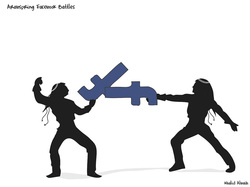
Resource: Facebook Map of Friends.
Task 1 - Using the Facebook Map of Friends like above, choose all six of the IB focus case studies and write about their Facebook connections with the rest of the world.
You may not be able to find any data for China. Want to know why? Click here to find out. Don't forget to add this information to your task above. Do you think that this will be resolved?
Global Core and Periphery
Task 2 - Click here to access the geographyalltheway.com teaching site (subscription required). Complete the activities as set out.
Where Google Street View is available around the world
Source: http://t.co/rHUsLvvaFP
- pic.twitter.com/VedGLe8JH2
— Amazing Maps (@Amazing_Maps) January 6, 2014
